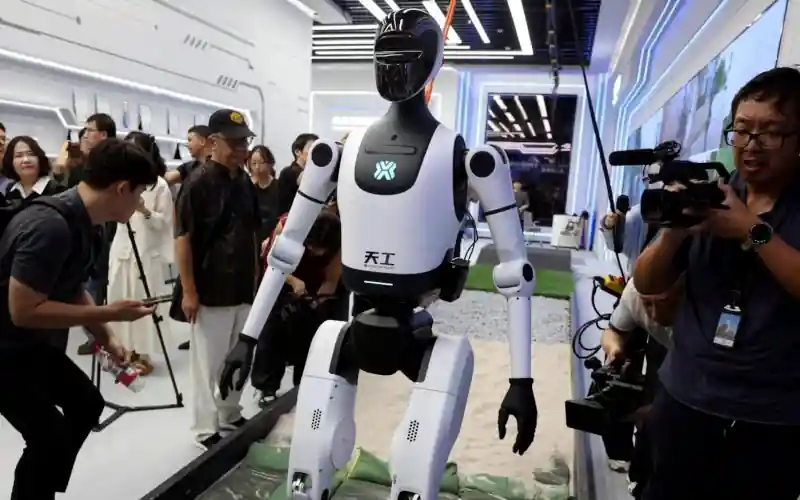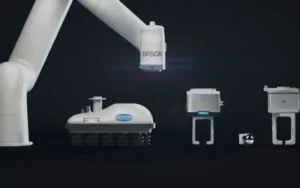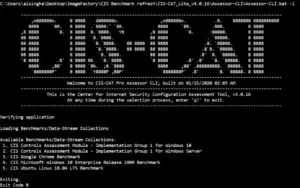AI, Humanoids & Autonomy: Robotics’ Expanding Role

- Future robots, powered by AI and advanced sensors, will take on diverse tasks from factory work to household chores.
- The expanding market for robotics is driven by innovations in humanoid design, AI chips, and autonomous systems.
Robotics is evolving beyond science fiction into a tangible part of daily life, with robots possessing humanlike capabilities becoming more common in both industrial and personal settings. Research from IDTechEx highlights upcoming industrial applications in sectors like automotive and logistics, as well as the growing potential for commercial and personal use. This technological shift is being propelled by advancements in LiDAR and 3D vision systems, which allow robots to perceive their environment with increasing accuracy. These systems, combined with cameras and sensors, enable a sustained awareness of surroundings.
Industrial humanoids are being designed to be heavier and more robust for tasks such as assembling car parts or working in garages. They are also suitable for large-scale production tasks like badge labeling, material handling, and inspections in manufacturing and warehousing. Conversely, non-industrial humanoids, which are lighter and require less force, could be deployed in healthcare settings. These robots might perform routine health checkups, helping to alleviate staff shortages in hospitals and medical environments. IDTechEx’s report, “Humanoid Robots 2025-2035,” explores how growing economies of scale could drive significant market growth and adoption in the coming years.
The Rise of Dexterous Grips and AI
A significant development in robotics is the replication of the human hand’s dexterous grip. This new soft gripper technology in collaborative robots allows them to handle delicate objects, like fruits and vegetables, without damage. This innovation ensures that items are handled with a level of tact and sensitivity previously exclusive to human workers. Collaborative robots are also being employed for tasks like assembling car components and conducting quality inspections for semiconductors and batteries.
AI is also enabling robots to understand commands and receive direct instructions within a warehouse setting through machine vision and voice recognition. The combination of AI and edge computing facilitates smart control and even decision-making capabilities. While still somewhat futuristic, this could eventually allow a service robot to decide when a floor needs mopping or when to start making dinner after receiving a simple cue. IDTechEx’s “Collaborative Robots 2025-2045” report covers this revolutionary technology and its potential to transform various industries.
AI and Autonomy on the Road
The automotive industry is another key area where robotics and AI are making significant strides. With software-defined vehicles (SDVs), built-in AI assistants can offer a personalized experience, much like speaking to a friend. These systems can understand natural language requests, such as finding the nearest service station, and adapt to individual preferences. For example, the car might recognize a specific passenger and automatically switch to their favorite radio station or podcast.
Commercial robotaxi services are also showcasing the advanced intelligence of robotic technology as autonomy levels continue to rise. Passengers can now travel from point A to point B in an autonomous vehicle, experiencing what was once a futuristic concept. IDTechEx’s research on these technologies highlights the extensive use of AI in vehicles, which is creating possibilities to streamline the entire driving experience. The “Autonomous Driving Software and AI in Automotive 2026-2046” report provides a comprehensive look at the market and players in this rapidly advancing sector.
Did You Know?
|








